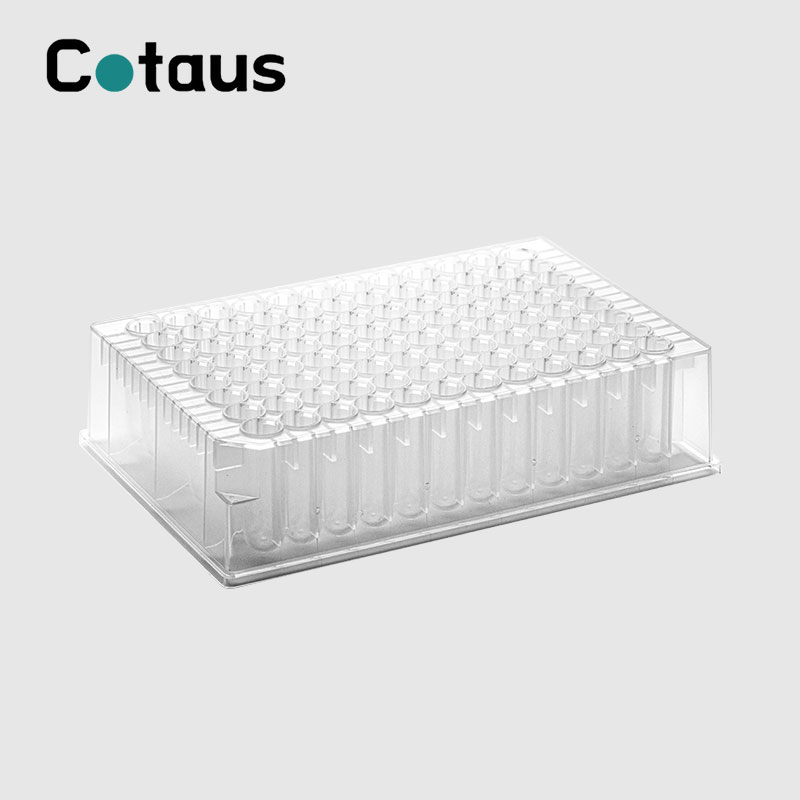Exploring the Materials Behind the 1.2ml Round U-Bottom Deep Well Plate
2023-11-06
In the world of scientific research and laboratory experiments, precision and reliability are paramount. To achieve accurate results, scientists rely on various tools and equipment, including an often-overlooked but crucial component: the well plate. In this blog, we will dive into the fascinating world of the 1.2ml round U-bottom deep well plate, specifically exploring the materials that make it an indispensable asset in the laboratory.
The Versatile Deep Well Plate
Deep well plates, also known as microtiter plates, are widely used in laboratories for a multitude of applications, from sample storage to high-throughput screening. Their characteristic U-bottom design and the capacity to hold 1.2ml of liquid make them a versatile choice for a range of tasks, including DNA and protein analysis, cell culture, and chemical compound storage.
One key aspect of deep well plates that contributes to their adaptability is the material from which they are crafted. These plates are commonly manufactured from a robust plastic, and one of the most prevalent choices is polypropylene. Let's take a closer look at why polypropylene is the material of choice for these essential laboratory tools.
Polypropylene: The Ideal Candidate
Polypropylene, often abbreviated as PP, is a thermoplastic polymer known for its exceptional properties that align perfectly with the demands of laboratory applications:
1. Chemical Resistance: Polypropylene is highly resistant to a wide range of chemicals, making it ideal for handling various reagents, solvents, and biological samples. It won't react with most substances, ensuring the integrity of the samples stored within the well plate.
2. Autoclavable: Many laboratory processes require sterilization, and polypropylene can withstand the high temperatures and pressures of autoclaving, which is crucial for maintaining aseptic conditions.
3. Inertness: Polypropylene is an inert material, meaning it does not interact with or leach into the samples it contains. This is particularly important when working with sensitive biological or chemical substances.
4. Durability: Deep well plates are designed to be used repeatedly. Polypropylene's robustness ensures that the well plates can withstand frequent use and handling without compromising their structural integrity.
5. Transparency: Some deep well plates are made from translucent or transparent polypropylene, allowing researchers to monitor sample levels without the need to open the plate.
6. Cost-Effective: Polypropylene is an affordable material, which helps keep the overall cost of deep well plates reasonable for laboratory budgets.
Beyond Polypropylene
While polypropylene is the most common material used in the production of deep well plates, it's worth noting that other plastics may also be used, depending on the specific requirements of the application. Polystyrene is another material that is sometimes chosen, especially for cell culture applications.
However, regardless of the specific plastic used, the material's properties are carefully considered to ensure it aligns with the intended use of the well plate, be it in molecular biology, drug discovery, or clinical diagnostics.
Conclusion
In the realm of laboratory equipment, the choice of materials is critical to ensure precision, consistency, and reliability. The 1.2ml round U-bottom deep well plate, made primarily of polypropylene, has become an essential tool for scientists across various fields. Its resistance to chemicals, sterilizability, and inert nature make it the perfect candidate for safely storing and handling a wide array of samples and reagents.
Next time you find yourself in a laboratory, remember that even seemingly mundane components like well plates play a pivotal role in the pursuit of scientific knowledge. The materials used in their construction are a testament to the attention to detail and precision that define the world of scientific research.



